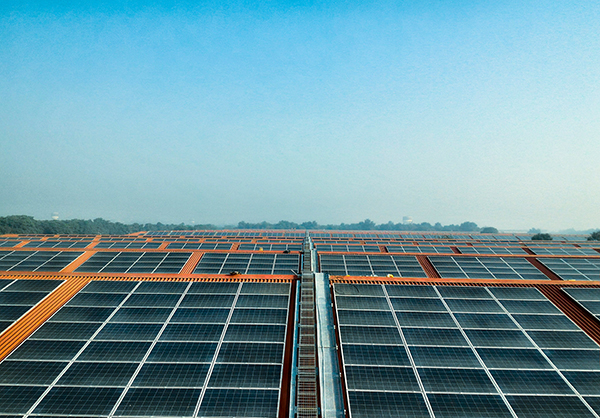From pv magazine India
pv magazine: Rooftop solar adoption is slower than the utility-scale segment. What are the challenges impeding the growth of rooftop solar?
To start with, there is still a lack of understanding about what all it takes to make a rooftop solar plant work. Then there are policy restrictions and regulations, especially regarding net metering (for the commercial and industrial sector), which are the most critical roadblocks affecting rooftop solar adoption. Apart from these, administrative delays in securing various approvals from different state entities and in the disbursement of subsidies make the entire process of rooftop solar very cumbersome.
pv magazine: Do you think the government has done enough to remove these roadblocks?
It’s not that the government has not done enough. There have been very well-intentioned initiatives, like the launch of the recent National Portal for Rooftop Solar aimed at simplifying procedures for rooftop solar applicants. While it is in its early days right now and there are still improvements being made like addressing the issue of state-wise multiple registrations on the portal, we hope that it will ease out quite a lot of things in the future.
pv magazine: To what extent has the basic customs duty (BCD) impacted the rooftop solar segment? How are developers addressing the price increase?
BCD has led to a sharp rise in solar tariffs, as modules contribute 50%-60% of the total project cost. This is in addition to the rise in module prices due to the hike in silicon prices, along with other raw materials and metals, globally.
Beyond BCD, there is also the Approved List of Models and Manufacturers or ALMM, which is challenging the basic requirement of high-quality and high-efficiency modules, a necessity as rooftop spaces are limited.
As developers, we cannot risk the long-term performance of solar plants by using modules that do not have a proven performance track record and we’ve been voicing our concerns accordingly.
pv magazine: What are the emerging trends in the module, mounting, and inverter technologies for rooftop solar?
There are continuing upgrades in the module wattage. At present, mono PERC modules that the industry uses are in the range of 500-550 Wp. The upcoming range will be tending towards 650 Wp in the same category.
In inverters, the industry has transitioned more towards string inverters (from central inverters), ranging from 2-5 kW to 200 kW, with multi-MPPT technology providing better efficiency and lower generation losses.
pv magazine: Are Indian manufacturers in sync with these trends and capable of delivering these at attractive prices?
In India, domestic manufacturers are largely producing [multicrystalline] modules with 330 Wp primarily. Very few suppliers of high-efficiency mono PERC or bifacial modules are available at the moment. While some manufacturers are investing, it will take time before we have an adequate domestic supply of efficient modules.
This content is protected by copyright and may not be reused. If you want to cooperate with us and would like to reuse some of our content, please contact: editors@pv-magazine.com.




4 comments
By submitting this form you agree to pv magazine using your data for the purposes of publishing your comment.
Your personal data will only be disclosed or otherwise transmitted to third parties for the purposes of spam filtering or if this is necessary for technical maintenance of the website. Any other transfer to third parties will not take place unless this is justified on the basis of applicable data protection regulations or if pv magazine is legally obliged to do so.
You may revoke this consent at any time with effect for the future, in which case your personal data will be deleted immediately. Otherwise, your data will be deleted if pv magazine has processed your request or the purpose of data storage is fulfilled.
Further information on data privacy can be found in our Data Protection Policy.